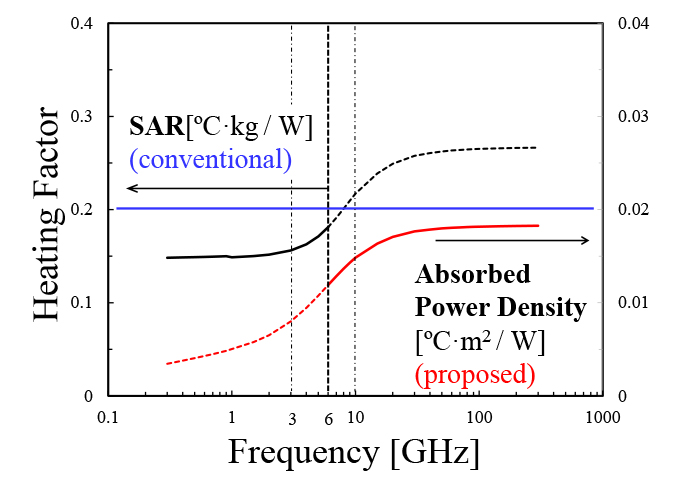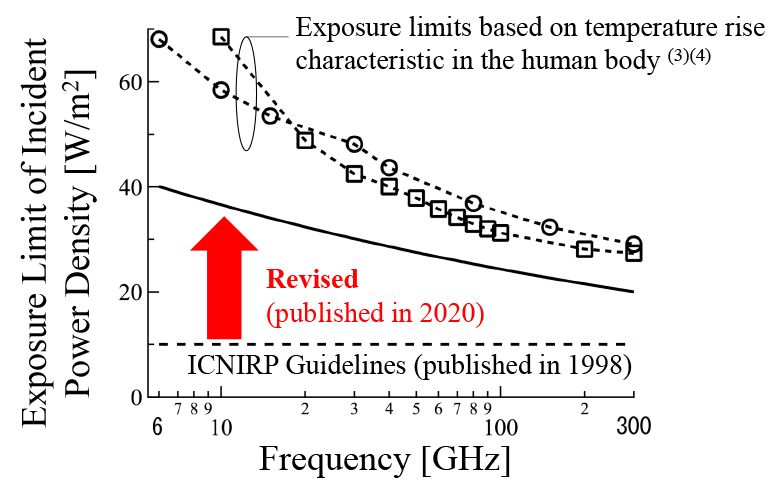Achievement Award
Pioneering research and international standardization on human protection from millimeter waves in 5G communication systems
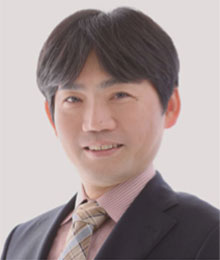
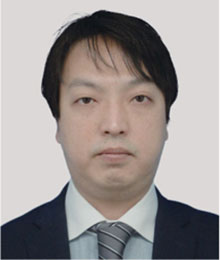
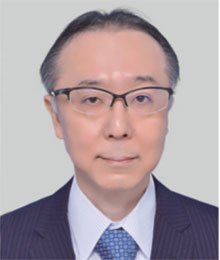
The 5th generation mobile communication system (5G) uses radio waves in the frequency range of 6 GHz or higher, including the millimeter-wave band, which is higher than that of conventional mobile communication systems. This new frequency band enables us to realize ultra-high-speed and large-capacity communications. Prior to the introduction of this new frequency range of radio waves into the living environment to the general public, there has been public concern about human protection from exposure to radio waves for the safe and effective use of the 5G system. The IEEE International Committee on Electromagnetic Safety standard and the International Commission on Non-Ionizing Radiation Protection (ICNIRP) guidelines, which are recommended by the World Health Organization (WHO), used interim indices and limits for human protection in the frequency range above 3-10 GHz due to knowledge gaps. This resulted in overconservativeness of the limits in the previous standard and guidelines in the frequency range above 3-10 GHz. It was almost impossible to use mobile wireless devices operating in the millimeter-wave band in close proximity to the human body to comply with the limits in these conventional international guidelines. Thus, the revision of these international guidelines and standards in the millimeter-wave band based on new scientific evidence was required.
In the revision of the guidelines and standard, it was necessary to quantify the temperature rise of the human-body surface caused by millimeter wave absorption, in addition to exploring a new physical index which can correlate the power absorption and temperature rise. The awardees (Drs. Watanabe and Sasaki) and their colleagues developed a technique for measuring the dielectric properties of tissues that indicate the electrical response of various tissues of the human body, such as skin, fat, and muscle, which are essential for evaluating the radio wave absorption characteristics of the human body. They then succeeded in the measurement of the tissue dielectric properties over an ultra-wideband range from the conventional frequency band to 1 THz (1)(2). In addition, the awardee (Dr. Hirata) developed a computational method that takes into account the thermoregulatory response of the human body in addition to the multiphysics of electromagnetics and thermodynamics (3).
Based on these fundamental and pioneering contributions, the awardees clarified in detail the relationship between the amount of absorbed power and the resultant temperature rise in the human body when exposed to millimeter waves. Specifically, they proposed a new metric "absorbed power density" to correlate with the skin temperature rise, which is independent of the frequency, antenna, and other exposure conditions (4)(5). They then clarified the limit above 6 GHz that is consistent with the conventional frequency band of cell phone systems (Fig. 1). Based on the limits of the absorbed power density, they clarified the limit of the incident power density, which is a physical quantity that can be measured for actual 5G terminals (Fig. 2) (3)(4). Furthermore, considering the safety limit related to eye exposure, which is a unique guideline for human exposure to radio waves in Japan, they ensured the reliability of the calculated temperature rise by comparing them with the measured values in the case of rabbit eye exposure(6), and showed that additional consideration is not needed on the eye.
The awardees have contributed to the smooth introduction of 5G systems in Japan and abroad by serving as working group chairpersons and chief examiners of international standardization organizations such as ICNIRP and IEEE as well as for domestic regulations. In particular, the rationale for the new protection guidelines in Japan (2018), which was regulated ahead of the rest of the world, has been consistent with the IEEE international standard (2019) and the ICNIRP guidelines (2020) (7). The consistent rationale derived by the awardees was cited by the two organizations. This contribution resulted in the harmonization of the limits above 6 GHz, which had been in dissonance since the introduction of the safety limits.
As described above, the awardees have made a significant contribution to the international standardization of human protection standards, leading to the global introduction of 5G, which is expected to become the infrastructure for Society 5.0 to realize enormous economic benefits and SDG's.
